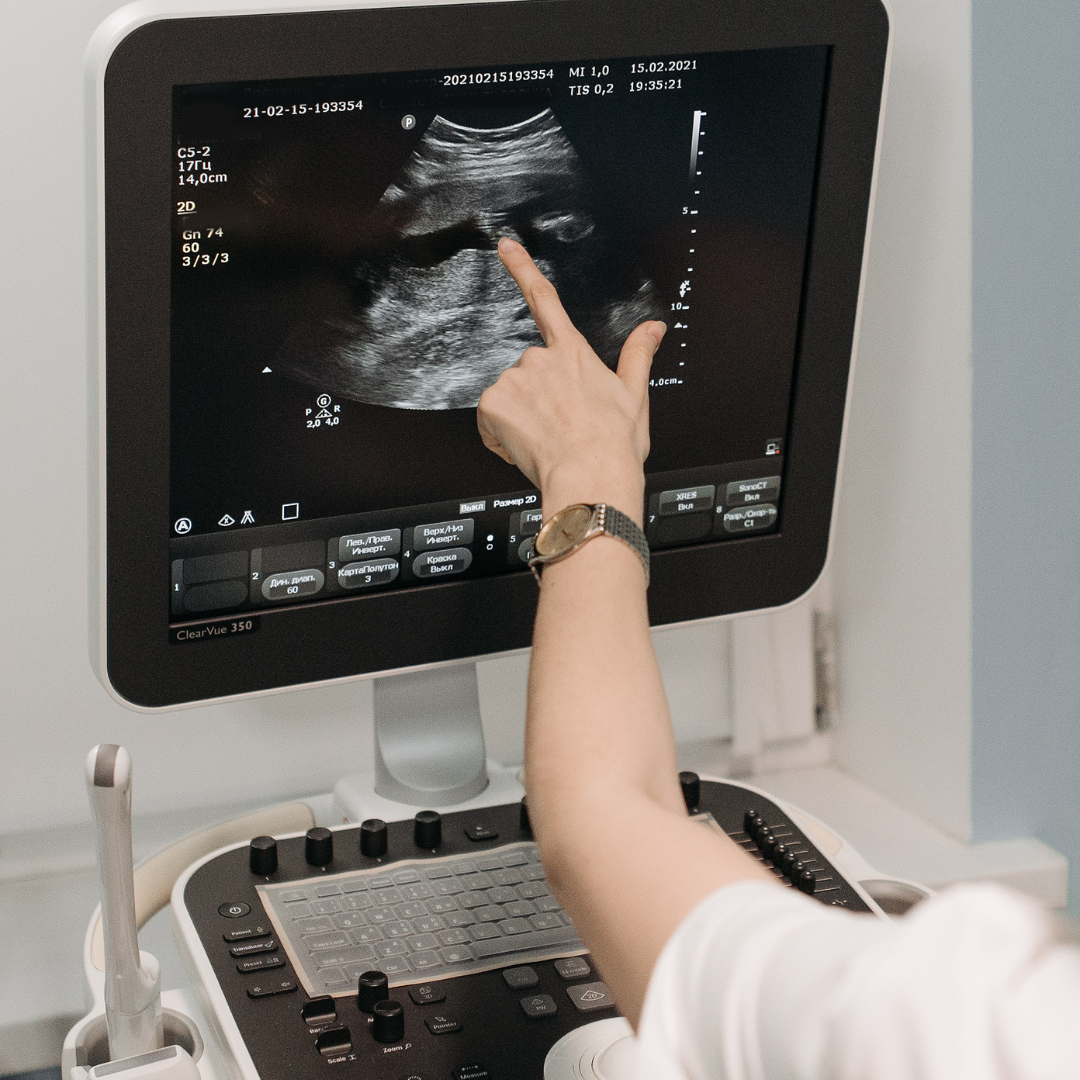Ultrasound imaging has revolutionized the field of medical diagnostics, offering a non-invasive and versatile tool for visualizing internal structures and detecting a wide range of medical conditions. From obstetrics to cardiology, ultrasound has become an indispensable modality for clinicians seeking to achieve diagnostic precision. The key principles and advancements in ultrasound imaging, highlighting its pivotal role in modern healthcare. For top-tier medical education consultancy specializing in Obstetrics and Gynecology Ultrasound, contact us.
The Evolution of Ultrasound Imaging
Ultrasound imaging has undergone significant advancements since its inception, driven by technological innovation and a deepening understanding of acoustic principles. From the early days of A-mode and B-mode scanning to the development of sophisticated Doppler techniques and 3D/4D imaging, the evolution of ultrasound has expanded its diagnostic capabilities across various medical specialties. To enroll in a “Crash Course of Ultrasound,” reach out to us for an intensive and comprehensive program designed to equip you with the necessary skills and knowledge in ultrasound diagnostics in the medical field.
Diagnostic Ultrasound Imaging: Inside Out
The physical principles of ultrasound imaging, signal processing, and system design form the foundation of diagnostic ultrasound. This comprehensive reference serves as a core resource for graduate students, engineers, and healthcare professionals involved in medical ultrasound research and practice. With the continual technological development of ultrasound in medical diagnosis, this book provides a critical understanding of the core technologies and innovations in the field. Seeking the finest in medical education? Look no further than our Diploma in Ultrasound program, offered by the best consultants in the field.
The Role of Ultrasound in Precision Medicine
Precision medicine, an approach that customizes medical care based on individual patient characteristics, has found a valuable ally in ultrasound imaging. As the most widely used modality, ultrasound plays a crucial role in the diagnosis of diseases and the prediction of health risks. Its realtime, non-invasive imaging capabilities, including gray-scale, color Doppler flow imaging, and contrastenhanced ultrasound, align with the goals of precision medicine, offering fine-tuned diagnostic and monitoring capabilities.
The Physics and Technology of Diagnostic Ultrasound
Understanding the physics and technology behind diagnostic ultrasound is essential for practitioners seeking to master this imaging modality. The study guide and practitioner’s guide provide valuable resources for learning and understanding the principles of ultrasound imaging, serving as essential tools for students and professionals in the field. Elevate your medical education with top-notch guidance on the Physics and Technology of Diagnostic Ultrasound from the best consultants in the field.
Clinical Application and Training in Ultrasound
The clinical application of ultrasound extends across various medical disciplines, including musculoskeletal imaging, obstetrics, and critical care. Training programs and guidelines for sonographers and healthcare professionals emphasize the importance of formal written reporting and the incorporation of ultrasound into academic curricula. The expansion of point-of-care ultrasound has led to increased interest in its use within professions assessing and treating patients with musculoskeletal conditions. For premier medical education consultancy in ultrasound training, look no further than our expert team.
Regulatory and Safety Considerations
Regulatory bodies and professional organizations play a crucial role in ensuring the safe and effective use of diagnostic ultrasound. Compliance with federal regulations, medical device standards, and industry guidance is essential for manufacturers and practitioners utilizing ultrasound imaging equipment. Additionally, the development of clinical governance standards and educational initiatives is vital for promoting the responsible and effective use of ultrasound in point-of-care environments.
Conclusion
Mastering ultrasound imaging is the key to achieving diagnostic precision in modern healthcare. From its foundational physical principles to its diverse clinical applications, ultrasound continues to shape the landscape of medical diagnostics. As technology advances and our understanding of acoustic principles deepens, ultrasound imaging will remain at the forefront of precision medicine, offering clinicians a powerful tool for visualizing and diagnosing a wide range of medical conditions.
Ultrasound imaging has revolutionized the field of medical diagnostics, offering a non-invasive and versatile tool for visualizing internal structures and detecting a wide range of medical conditions. From obstetrics to cardiology, ultrasound has become an indispensable modality for clinicians seeking to achieve diagnostic precision. In this comprehensive guide, we will explore the key principles and advancements in ultrasound imaging, highlighting its pivotal role in modern healthcare. Transform your medical education with unparalleled expertise and training in ultrasound applications.


Dorris Northey
20 August 2024Superb layout and design, but most of all, concise and helpful information. Great job, site admin. Take a look at my website Article World for some cool facts about SEO.